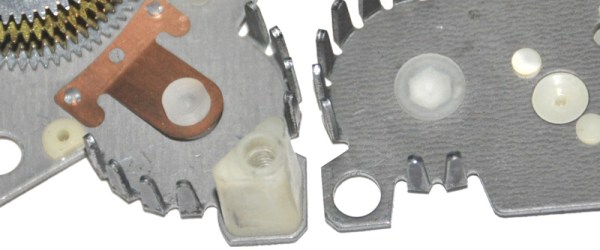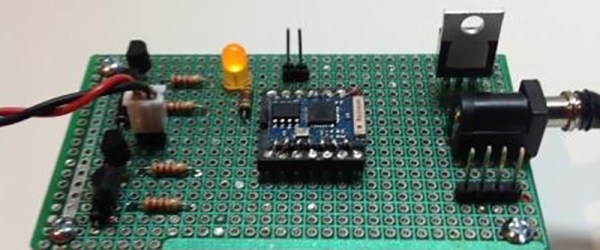You’ve doubtless seen those ubiquitous clock modules, especially when setting clocks for daylight savings time. You know the ones: a single AA battery, a wheel to set the time, and two or three hands to show the time. They are cheap and work well enough. But [Playful Technology] wanted to control the hands with an Arduino directly and, in the process, he shows us how these modules work.
If you’ve never studied the inside of these clock modules, you may be surprised about how they actually work. A crystal oscillator pulses a relatively large electromagnet. A small plastic gear has a magnetic ring and sits near the electromagnet.
Each time the polarity of the electromagnet flips, the ring turns 180 degrees to face the opposite magnetic pole to the electromagnet. This turns the attached gear which is meshed with other gears to divide the rotation rate down to once per 24 hours, once per hour, and once per minute. Pretty clever.
That makes it easy to control the hands. You simply detach the electromagnet from the rest of the circuit and control it yourself. The module he used had a mechanical limitation that prevents the hands from moving well at more than about 100 times normal speed.
We wondered how he made the hands reverse and, apparently, there is a way to get the drive gear to move in reverse, but it isn’t always reliable. Of course, you could also replace the drive mechanism with something like an RC servo or other motor and it sounds like he has done this and plans to show it off in another video.
We’ve seen the opposite trick before, too. If you really want an easy-to-control analog clock, try this one Continue reading “Clock Mechanism Goes Crazy For Arduino”


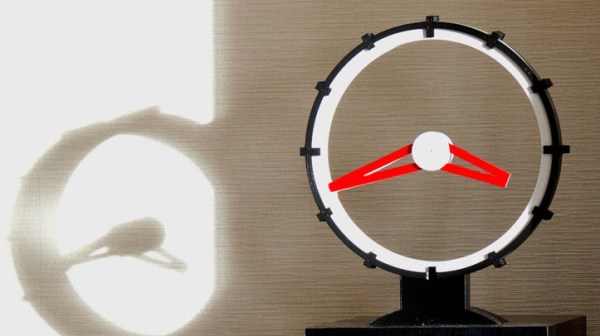
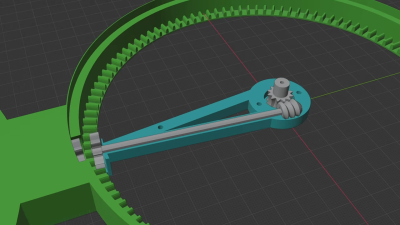
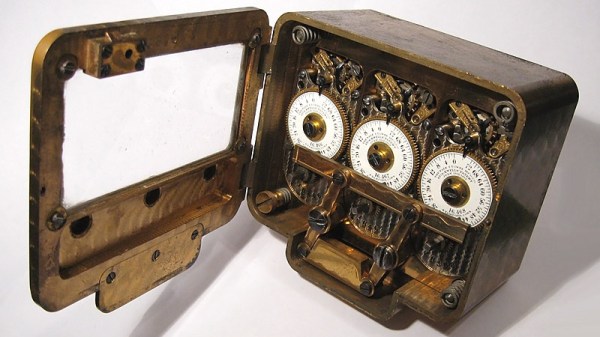
 The concept of a time lock is an old one, and here you can see an example of
The concept of a time lock is an old one, and here you can see an example of 
